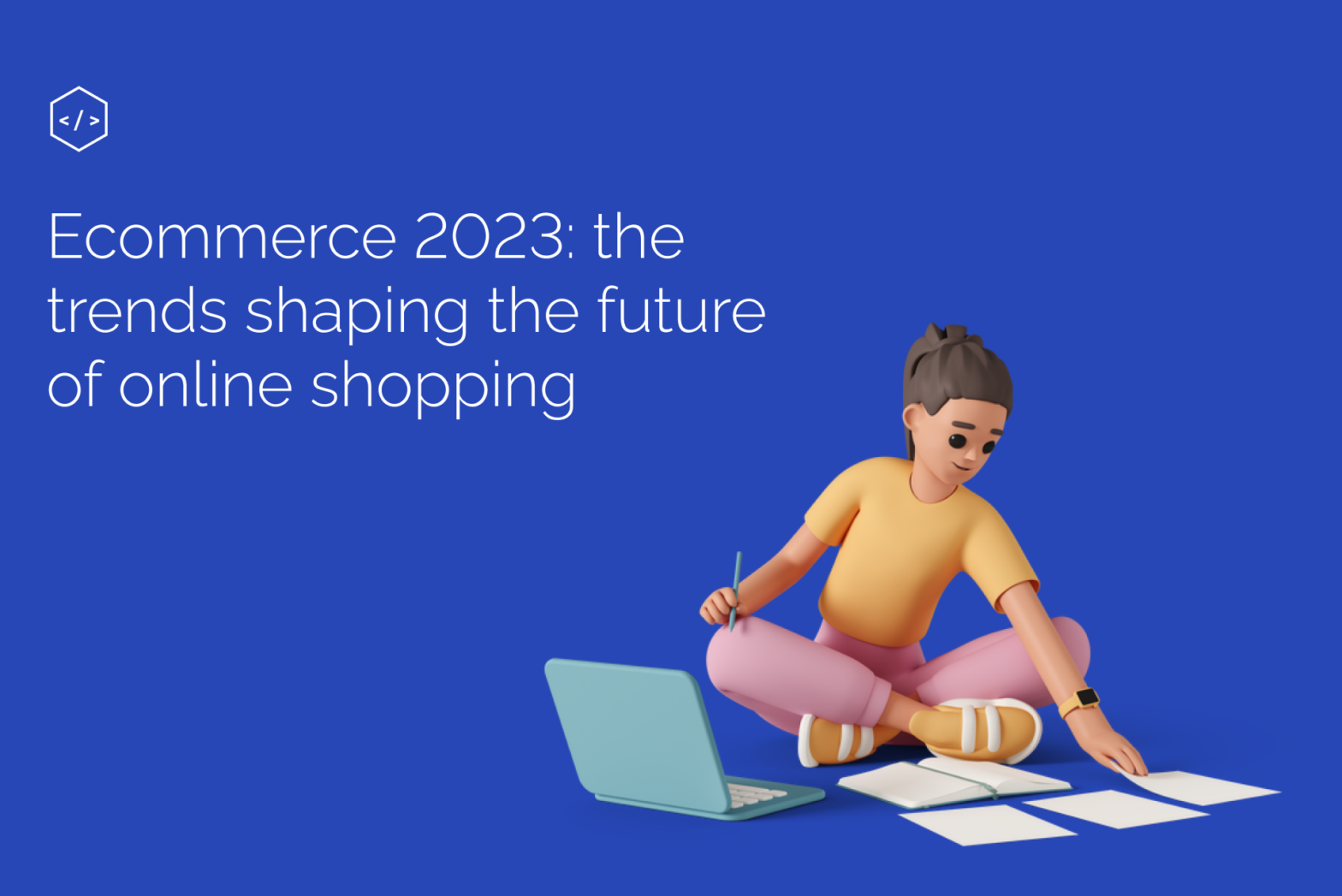Ecommerce has rapidly grown over the past few years, showing no signs of slowing down. With the emergence of new technologies and changing consumer preferences, the eCommerce landscape is set to evolve further in the coming years. In this blog post, we will explore the trends likely to shape the future of eCommerce by the end of 2023.
Increased Use of Artificial Intelligence (AI)
Artificial Intelligence has already made significant contributions to the eCommerce industry. AI provides personalized recommendations to customers, chatbots, and virtual assistants. AI is expected to be more critical in eCommerce in the coming years. By the end of 2023, businesses are expected to use AI to automate various tasks such as pricing, inventory management, and shipping.
AI will also enable businesses to provide better customer service by predicting customer needs and preferences. For example, chatbots can instantly respond to customer queries and complaints, improving the overall customer experience.
Voice Commerce
Voice assistants such as Amazon’s Alexa and Google Home have recently gained popularity. By the end of 2023, voice commerce is expected to become a significant part of the eCommerce industry. Voice commerce will enable customers to place orders, track their packages, and make payments using only their voice. This will make shopping more accessible and convenient than ever before.
As voice assistants continue to improve their capabilities, businesses must optimize their websites and apps for voice commerce. This will require focusing on voice search optimization and voice user interface design.
Mobile Commerce
Mobile commerce has been rising for several years, which is expected to continue. By the end of 2023, mobile marketing is expected to account for more than half of all eCommerce sales. As more consumers use their smartphones and tablets to shop online, businesses must optimize their websites and apps for mobile devices.
Mobile optimization will involve:
- Focusing on mobile-first design.
- Improving website loading speed.
- Providing an intuitive user experience for mobile users.
Businesses that adapt to mobile commerce may need help to compete in the coming years.
Augmented Reality (AR)
Augmented Reality is already being used by some eCommerce businesses to enhance the customer experience. By the end of 2023, AR is expected to become more prevalent in the eCommerce industry. AR will enable customers to visualize products in 3D and try them on virtually. This will make the online shopping experience more immersive and interactive.
AR will also enable businesses to reduce return rates by allowing customers to see how products look and fit before purchasing. This will help to increase customer satisfaction and reduce costs associated with returns.
Same-Day Delivery
Same-day delivery has become increasingly popular in recent years. By the end of 2023, same-day delivery is expected to become the norm. Businesses must invest in logistics and infrastructure to provide this service to their customers. Same-day delivery will become a key differentiator for companies looking to stand out in a crowded market.
To achieve same-day delivery, businesses must improve their warehouse and distribution center operations. They must also partner with logistics companies and develop last-mile delivery capabilities.
In conclusion, the future of eCommerce looks bright, with several trends likely to shape the industry. Businesses that invest in AI, voice commerce, mobile commerce, AR, and same-day delivery will be well-positioned to succeed in the coming years. Ecommerce businesses can continue to grow and thrive in an ever-changing landscape by embracing these trends and staying ahead of the curve.
